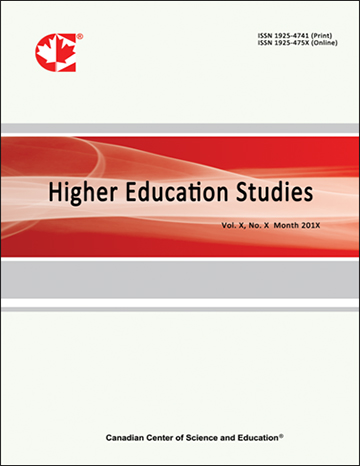An Analysis of School-Based Contextual Indicators for Possible Use in Widening Participation
- Stephen Gorard
- Nadia Siddiqui
- Vikki Boliver
Abstract
This paper looks at the National Pupil Database for England in terms of variables that could be used by universities to help them assess undergraduate applications. Where a young person is obviously disadvantaged, this can be taken into account in contextualised admissions. Of the indicators available, which give the most accurate assessment of that context—singly or in combination? This paper looks at missing data, and what is known about students for whom data is missing. It looks at changes in indicators of potential disadvantage over time. And it looks at the relationship between all indicators and student attainment and progress at school. The safest and clearest indicators are the sex (male) and age in year (summer born) of a student but neither of these is currently considered in widening participation. Otherwise, the best general indicator is eligibility for free school meals (poverty), and this is best computed as the number of years a student has been known to be eligible. Having a special educational need is also a promising indicator, but doubts are raised about its validity and it anyway covers a wide range of factors, some of which are already dealt with by the education system. Very few students registered as living in care continue in education post-16, and this indicator could be used safely and to advantage. The rest, including area measures, school type, performance relative to school, ethnicity and first language are generally not safe to use.
- Full Text:
 PDF
PDF
- DOI:10.5539/hes.v7n2p79
Index
- AcademicKeys
- CNKI Scholar
- Education Resources Information Center (ERIC)
- Elektronische Zeitschriftenbibliothek (EZB)
- EuroPub Database
- Excellence in Research for Australia (ERA)
- Google Scholar
- InfoBase
- JournalSeek
- Mendeley
- Open Access Journals Search Engine(OAJSE)
- Open policy finder
- Scilit
- Ulrich's
- WorldCat
Contact
- Sherry LinEditorial Assistant
- hes@ccsenet.org
